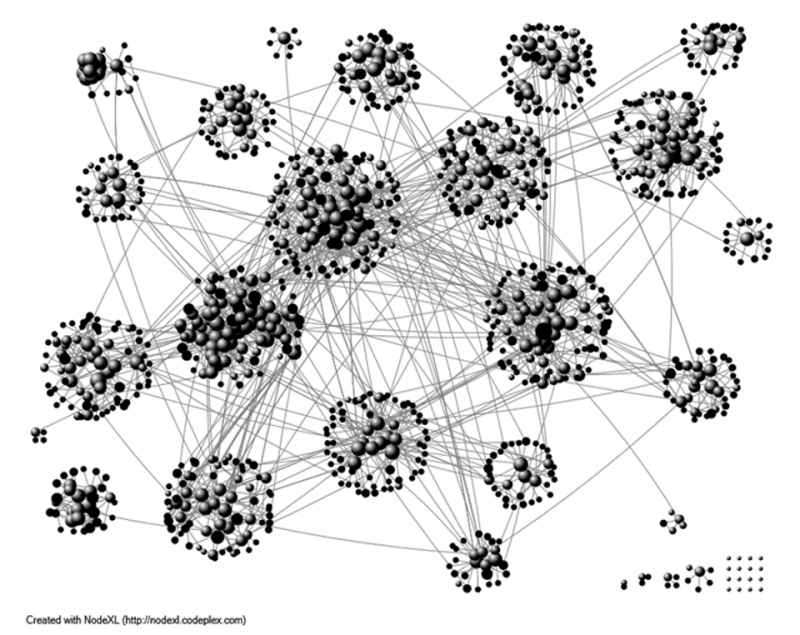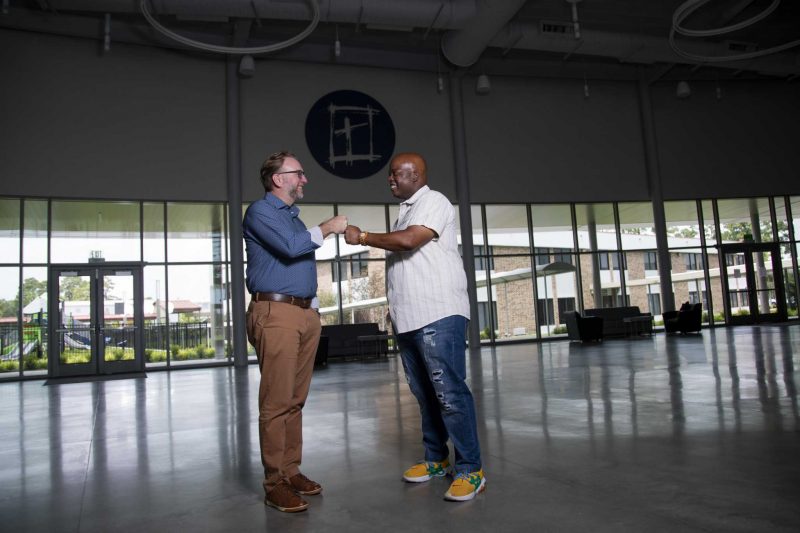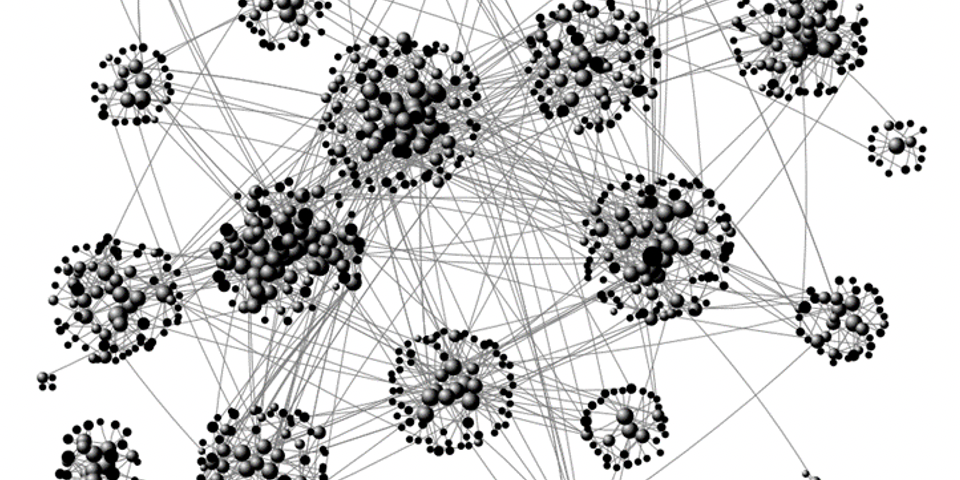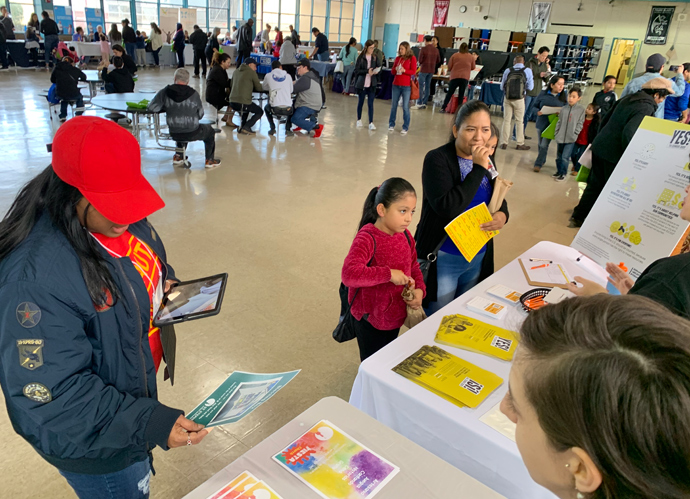No – those aren’t coronaviruses you see! They are connections between congregations! As much as we all may feel isolated these days, you have likely also been discovering just how interconnected your world is and how much we all need each other. And that goes for congregations, too.

The ecology in which your congregation is located is even more complicated these days, so now is a good time to ask questions about your connections:
- How has your congregation connected with other congregations? What benefits have you experienced because of these connections?
- In what ways would you like to connect with additional congregations?
- How can you develop these connections (in ways that account for Covid-19 precautions)?
I recently surveyed local congregations about the connections they have with other congregations and about how they relate with these other congregations. From this information, I was able to depict the relational patterns between the congregations in my study, and that’s the image you see. You don’t have to make a map like this to ask some of the same questions and imagine how you fit in the picture.
For example, congregations differ in their levels of interconnectedness within the broader network. Some are very popular, with many connections, while others are more isolated. Which would your congregation be? To get more specific, in the survey, I asked about four different types of connections – joint events, friendships between ministers, ministerial groups, and pulpit exchanges. Here is what we have learned about these types of relationships.
Friendships between Ministers

Friendships among ministers are the most common type of relationship between congregations. This is encouraging because friendships among ministers are beneficial for ministers’ and congregations’ wellbeing. In God’s Potters, Jackson Carroll says: “Without the support, companionship, mutual critique, and joy that friends offer, without those with whom one can be vulnerable and share deeply, it is difficult, if not impossible, to sustain … [an] excellent ministry” (p. 212). I found that many ministers are building friendships across congregations and hopefully sharing support, encouragement, and accountability. Is that true for you?
Joint Events
Many congregations have joint events with other congregations, like religious services, community service opportunities, and other events. Joint events and projects are beneficial for congregations because they allow them to share resources, staffing, technology, and space in order to minister in a way that they could not have alone. Many congregations are using these collaborations to expand their capacity for ministry. How is that true for you?
Ministerial Groups
Congregations can also be connected through ministerial groups, which provide ministers with opportunities to learn together and encourage each other. These groups are beneficial not only for ministers’ wellbeing but for congregations, as well. Through these groups, ministers can network and learn about new resources and partnerships that can be beneficial for their broader congregation. These groups are somewhat less common, and that might prompt a question about where pastoral leaders might make new connections.
Pulpit Exchanges
Many congregations have occasional pulpit exchanges, where a minister from a different congregation speaks or preaches during the service. These are more common in some traditions than in others, but these exchanges provide opportunities for ministers to speak to different audiences and for attenders to hear a variety of viewpoints. Are there congregational exchanges of various sorts you might imagine that would expand your horizons?
Helpful Resources
- God’s Potters: Pastoral Leadership and the Shaping of Congregations by Jackson W. Carroll
- Pillars of Faith: American Congregations and Their Partners by Nancy Ammerman
- So Much Better: How Thousands of Pastors Help Each Other Thrive by Penny Long Marler and her colleagues
The full article describing this research, “Connected and Fragmented: Introducing a Social Network Study of Religious Congregations,” is available free at http://www.religjournal.com/.
Jennifer McClure is an assistant professor of religion and sociology at Samford University in Birmingham, AL. She also serves as the congregational research strategist for Samford’s Center for Congregational Resources.


